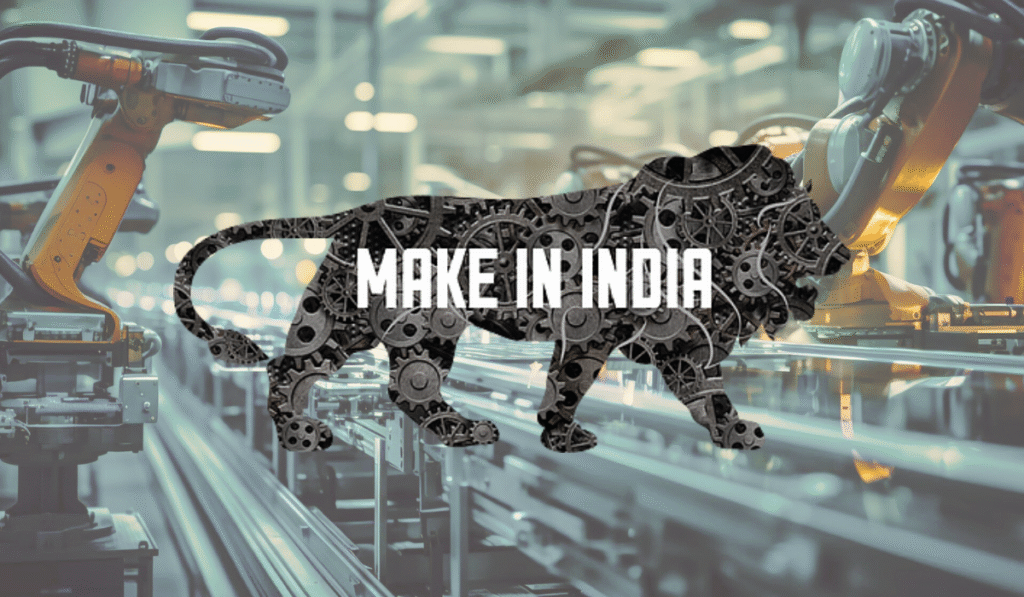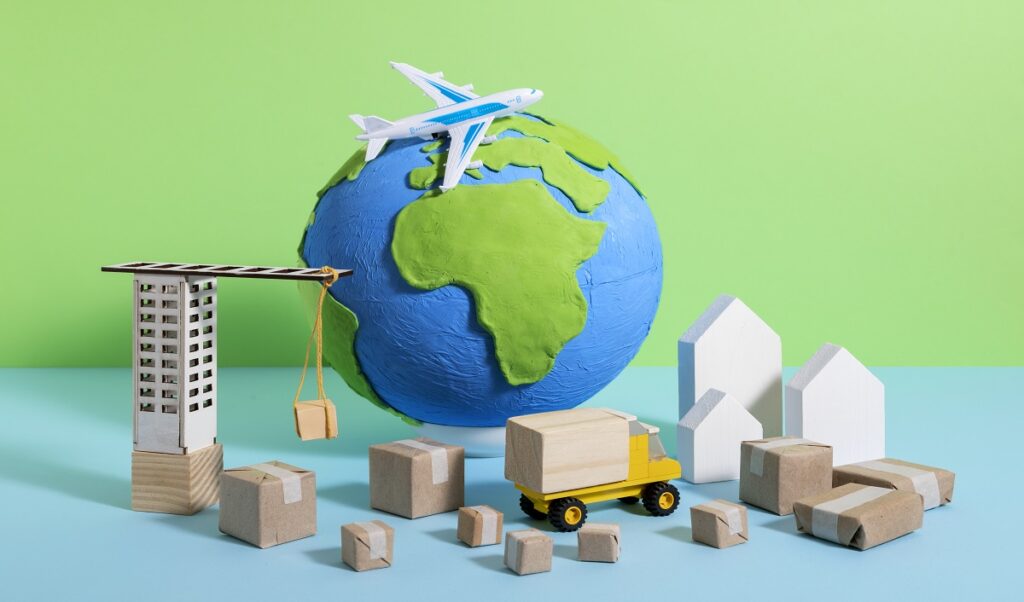
As the world’s supply chains are being transformed by a seismic wave of geopolitical tensions, post-COVID recovery, and the quest for resilience, India is becoming an ideal hub for manufacturers looking to diversify from China.
The “China Plus One” approach, combined with India’s strong reforms and expanding industrial base, is opening up unparalleled opportunities for Indian manufacturers to gain a greater pie of world markets.
Yet, infrastructure deficiencies and regulatory complexities need to be overcome to be able to take the full benefit of this shift.
The COVID-19 crisis laid bare weaknesses in international supply chains, especially overdependence on China, leading enterprises to pursue diversification.
A 2020 report from KPMG noted the trend towards a “China + N” model where companies keep operations going in China while adding countries such as India for risk diversification. India’s attractions include its vast workforce, competitive prices, and geostrategic position for global trade corridors.
With a forecasted GDP growth of 8.4% in 2024, India is the world’s fastest-growing large economy, and it is attracting behemoths such as Apple, Walmart, and Cisco to increase manufacturing scale.
Main industries are manufacturing industries, and they are going to benefit heavily.
India’s pharma industry, the third-largest in the world by volume, provides 62% of the world’s vaccines and 57% of WHO-prequalified active pharmaceutical ingredients (APIs).
Its capacity to produce quality generics at 33% lower prices than in the U.S. positions it as a leading player in international pharma supply chains. India’s chemical industry, which is expected to grow to $160 billion by 2025 with a 7-8% CAGR, is driven by increased exports to the EU and the U.S.
The auto industry, aiming for threefold growth in the Automotive Mission Plan 2016-26, is also picking up steam, with Tata Motors and Maruti Suzuki among others using India’s auto-component base for exports.
There is government support behind the opportunity. The ‘Make in India’ initiative, initiated in 2014, encourages manufacturing in 25 sectors, assisted by the Production-Linked Incentive scheme, which has released $27 billion to promote electronics, pharmaceuticals, and textile industries.

The National Infrastructure Pipeline (NIP), for $1.8 trillion for 7,500 projects, is upgrading connectivity by roads, rails, and ports.
The National Logistics Policy (NLP) will bring down logistics costs from 13-14% to 9-10% of GDP by 2027 and enhance India’s competitiveness.
Free Trade Agreements (FTAs) with the UAE and Australia and negotiations underway with the EU and UK are expanding new markets.
Recent news reinforces India’s growing stature. Apple’s move to produce iPhone 14 in India and Foxconn’s Gujarat chip manufacturing facility represent India’s electronics industry being trusted.
Walmart’s Flipkart investment of $3.5 billion and decreased dependency on Chinese imports represent a larger trend towards diversification. X posts showcase increased business interest, with Indian businesses receiving orders to fill the space vacated by Chinese manufacturers, partly due to U.S. tariffs and geopolitical realignments.
However, there are issues. India’s manufacturing base, which accounts for 68% of exports versus the world average of 72%, is behind ASEAN countries in regional integration.
10% import tariffs on information and communication technologies, versus Vietnam’s 5%, discourage investors. Infrastructure bottlenecks such as unsteady power supply and last-mile connectivity add to transit costs. Bureaucracy and uneven skill development also present barriers, with only first-class institutions generating industry-ready manpower.
India needs to move fast to grab the opportunity. Five years were the window, according to World Bank President Ajay Banga, where India can leverage the “China Plus One” pivot, focusing on policy reform and infrastructure.
Streamlining regulations, increasing digitalization, and green technology investments such as logistics electric vehicles are potential competitiveness boosters.
With 45% manufacturing output, MSMEs can be supported through strengthened connections with export promotion councils like the Engineering Export Promotion Council (EEPC) to get market access.
India is at a critical juncture in the global reshaping of the supply chain. With clever reforms, an educated workforce, and a dynamic market of 1.4 billion consumers, Indian producers can become reliable partners in international commerce. But breaking free of infrastructure and bureaucratic hurdles is key to making this momentum last.
As international companies turn more and more to India, the country has a golden chance to remake its place in the world economy—if it seizes the moment.
